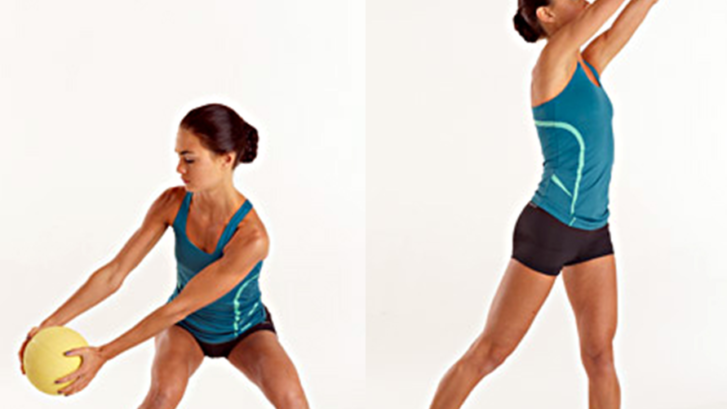Introduction to core subsystem
Muscles don’t work alone to create movement. They work together in synergies to create coordinated movements. Here we’ll identify the four muscle subsystems, discover how these synergies work together, and how to select exercises for developing optimal performance.
Introduction :
The purpose of this article is to provide a brief overview and definition of the four subsystems within the human body , how they contribute to human movement system .
Muscle does not work in isolation. This simplifies movement by allowing muscles and joints to operate as a cohesive unit. For instance, during the simple act of shoulder extension, the latissimus dorsi, teres major, and posterior deltoid all work together as a unit to perform the movement pattern.
Local vs. Global Musculature:
Looking at the muscular system more closely, systems that enable our bodies to distribute forces efficiently. These systems include the local muscular system, known as the stabilization system, and the global muscular system, which referred to as the movement system.
. The local muscular system muscles provide stability and support during joint motion. Where as they are usually located in close to the joint which makes them ideal for increasing joint stiffness and stability, such as the transverse abdominis, multifidus, and pelvic floor.
On the other hand, the global muscular system is responsible for movement of the trunk and extremities, and primarily consists of large superficial musculature, such as the rectus abdominis, latissimus dorsi, and external obliques.
Subsystems:
The human body consists of four common muscle synergies:
• Lateral subsystem,
• Deep longitudinal subsystem,
• Posterior oblique subsystem,
• Anterior oblique subsystem.
These subsystems allow for an easier description and review of functional anatomy. The human body simultaneously utilizes all four of these subsystems during activity of daily routine.

The lateral subsystem (Figure 1) is comprised of the gluteus medius, tensor fascia latae, adductor complex, and contralateral (opposite) quadratus lumborum. The lateral subsystem is implicated in frontal plane stability and is responsible for pelvo-femoral stability during single-leg movements such as in gait, lunges, or stair climbing. The ipsilateral (same side) gluteus medius, tensor fascia latae, and adductors combine with the contralateral quadratus lumborum to control the pelvis and femur in the frontal plane.

Deep Longitudinal Subsystem :
The deep longitudinal subsystem (Figure 2) is comprised of the erector spinae, thoracolumbar fascia, sacrotuberous ligament, and bicep femoris. The deep longitudinal subsystem helps to stabilize the body . More accurately , it provides force transmission longitudinally from the foot and ankle to the trunk and vice versa. The dominant role of the deep longitudinal subsystem is to control ground reaction forces during gait motions .

Posterior Oblique Subsystem:
The posterior oblique subsystem (Figure 3) is comprised of the gluteus maximus, latissimus dorsi, and thoracolumbar fascia. The posterior oblique subsystem works synergistically with the deep longitudinal subsystem which distributing transverse plane forces . The gluteus maximus and latissimus dorsi attach to the thoracolumbar fascia, which connects to the sacrum. The fiber arrangements of these muscles run perpendicular to the sacroiliac joint (SIJ). Thus the contralateral gluteus maximus and latissimus dorsi contract they create a stabilizing force for the SIJ.

Anterior Oblique Subsystem:
The anterior oblique subsystem (Figure 4) is comprised of the internal oblique, external oblique, adductor complex, and hip external rotators. Likewise, the posterior oblique subsystem this system also functions in a transverse plane orientation, only from the anterior portion of the body. When we walk our pelvis must rotate in the transverse plane in order to create a swinging motion for the legs. This rotation comes in part from the posterior oblique subsystem posteriorly and the anterior oblique subsystem anteriorly.
Stay tune with us for next part : integrated exercise for core subsystem.
References :
1) Stability of the lumbar spine. A study in mechanical engineering. Acta Orthop Scand Suppl. 1989;230:1-54.
2) Clark MA. Lucett SC. Sutton, BG. NASM Essentials of Corrective Exercise Training 1st Edition Revised. Burlington, MA: Jones and Bartlett Learning; 2014.
3) image courtesy: Brian Sutton MS, MA, NASM-CPT, PES, CES , drstaceynaito.file.wordpress.com




Leave a Reply
Want to join the discussion?Feel free to contribute!